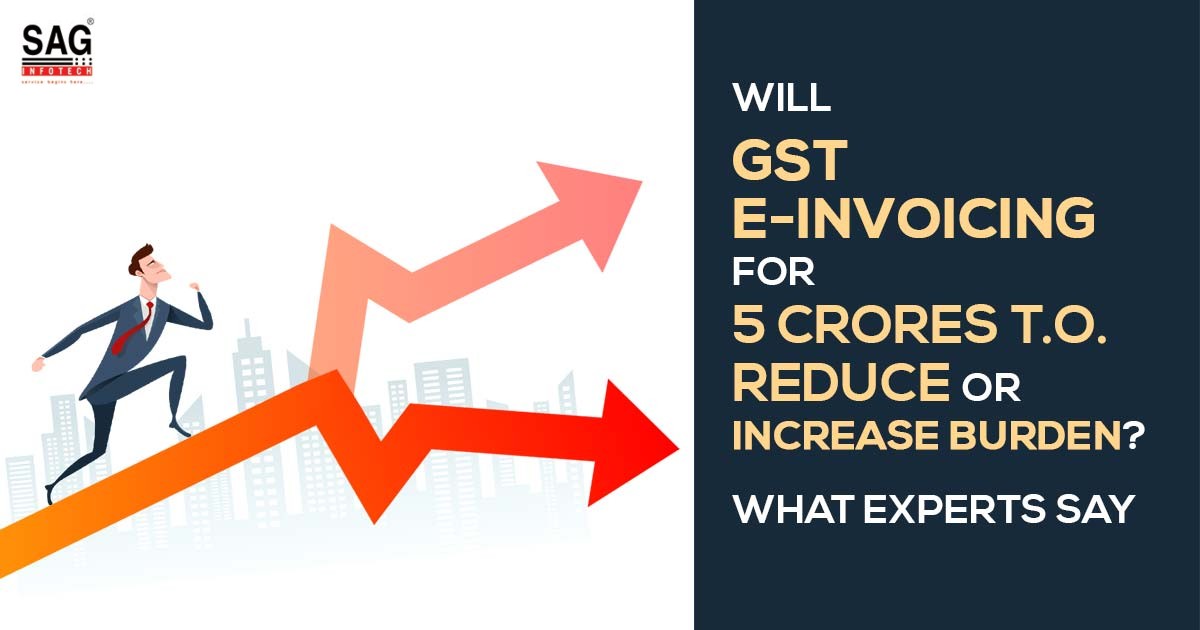
From 1st August, the central government would extend e-invoicing under GST to assessees whose aggregate turnover in any of the former fiscal years is Rs 5 cr or exceeding than that. Rs 10 cr was the limit for the mandatory GST e-invoicing till now.
Beginning on October 1, 2020, taxpayers with a yearly revenue of over Rs 500 crore were the first to use electronic invoicing. Since then, the condition for obligatory e-invoicing has been progressively reduced.
GST E-invoicing Helpful for Cash Flow Management & Transparency
The adjustments made since August this year depict that the government is seeking to require mandatory e-invoicing under GST for all enterprises, regardless of size. E-invoicing will assist in lowering data reconciliation errors between vendors and purchasers and reducing bogus billing. Therefore, the government’s plan to contain small assessees in the e-invoicing category shows good faith.
The expansion of e-invoicing is anticipated to formalize smaller enterprises, many of which are owner-driven and resistive to digitalization, in addition to improving data accuracy. This will improve their cash flow management, streamline their procedures, and promote operational transparency. This investment may be seen as a small company opportunity to improve governance, which may alter how major clients and financial institutions regard MSMEs.
Important: GST E-invoicing Mandatory for Taxpayer T.O. Exceeding 5Cr
Difficulties May Face by Small Traders After GST E-invoicing
But decreasing the GST e-invoicing level might also make it more difficult for small enterprises to comply with regulations. Anil Bhardwaj, secretary general of the Federation of Indian Micro and Small & Medium Enterprises (FISME), expressed concern, saying: “Even traders with a daily sales turnover of just Rs 1.5 lakh, which is relatively small in today’s trade volume, will need to implement systems and processes for electronic invoicing, incurring additional costs.”
Read Also: How Gen GST Software Makes E-invoicing Easy for Businesses
Many small firms lack access to advanced technical infrastructure, which makes it difficult to combine new technology with their existing accounting software. Therefore, installation and integration obstacles might occur. Businesses in Tier 2 and Tier 3 cities could also experience problems with data connectivity. Hence, despite the fact that e-invoicing has many advantages, overcoming these obstacles will be essential for its widespread acceptance and easy integration into the corporate community.